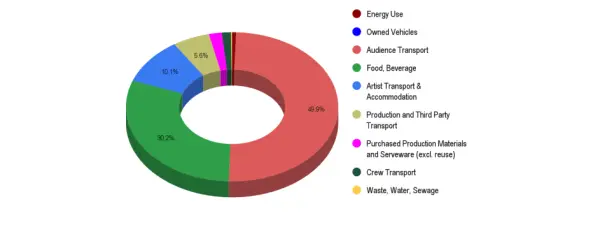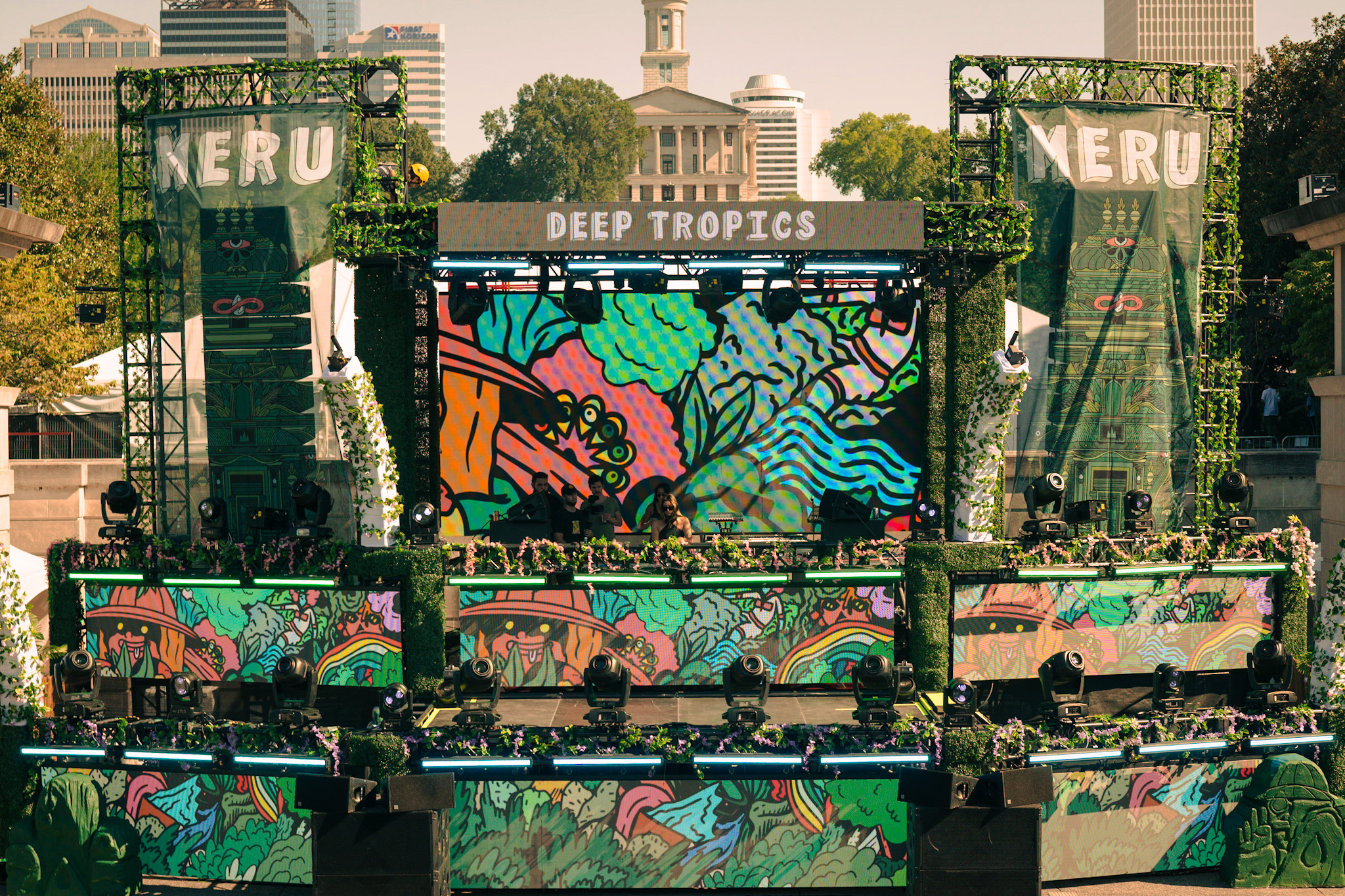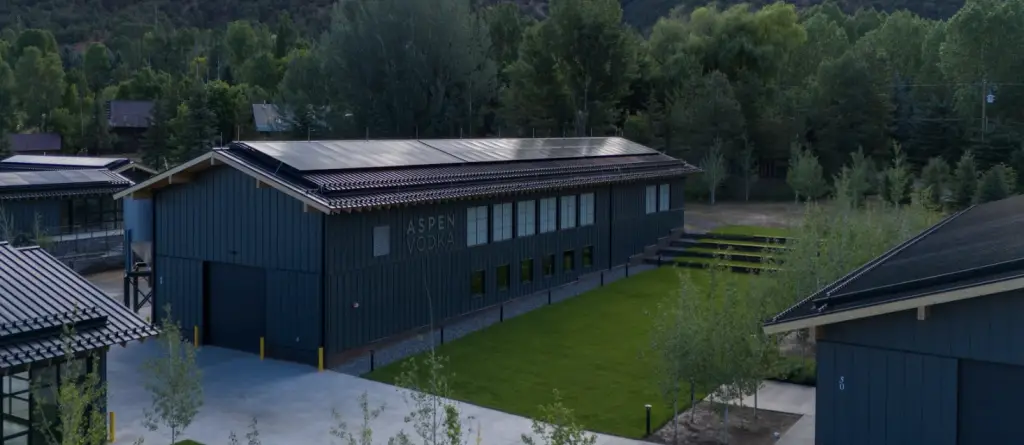In recent years, the drumbeat for environmentally conscious gatherings has grown louder, particularly in the festival sector. Previously, it was widely believed that audience travel was the single most significant contributor to a festival’s carbon footprint, accounting for over 80% of emissions.
This statistic has long been the cornerstone of sustainability discussions within the industry. However, a groundbreaking new study by A Greener Future (AGF) upends this narrative, offering a more nuanced picture of festival carbon footprints. The research suggests that the issue is far more complex, and there are multiple areas where festival organizers can make a substantial difference.
View The Full Report From A Greener Future Here
Unpacking the Emission Spectrum
For many years, festival sustainability reports predominantly focused on the carbon footprint resulting from audience travel. These assessments often didn’t consider other emissions sources, such as food and beverages consumed during the event, materials used in the production, or transportation of artists and suppliers. According to AGF’s new study, when considering a broader Scope 3 emissions evaluation, audience travel’s contribution drops to an average of 41%. So where does the rest come from? Food and beverages make up 34% of the emissions. Artist travel, supply chain transport, and resource utilization fill up the rest, thus painting a fuller, more complicated picture of festival emissions.

The Pitfalls of Legacy Assessments
The older, more traditional approaches to evaluating a festival’s carbon footprint may have inadvertently contributed to skewed sustainability strategies by ignoring key emissions sectors. The new AGF report is revolutionary because it includes these overlooked sectors and offers an integrated view. In doing so, it illuminates a series of actionable items that event planners and stakeholders can address to reduce their environmental impact significantly.
A Holistic Approach to Sustainability
Claire O’Neill, AGF’s CEO, emphasizes that adopting a multi-faceted approach to sustainability is essential. For example, focusing exclusively on audience travel or waste management offers a limited perspective that misses broader environmental impacts. The AGF report stresses the importance of involving agents, artists, promoters, and suppliers in the journey towards sustainability, from minimizing touring impacts to implementing circular supply chain services.
Context Matters: The Importance of Tailoring Solutions
While the report offers averages, it also warns against a one-size-fits-all mindset.
Data indicated that emissions from audience travel varied widely, ranging from as low as 18% to as high as 76% of a festival’s total footprint, depending on its nature, scale, and location. For instance, urban non-camping events typically had lower resource consumption but higher day-trip travel emissions than rural camping events.
Moving Beyond the Carbon Narrative
Carbon footprints are undeniably crucial, but they aren’t the whole story. The AGF report reminds us that the conversation must be broadened to include other environmental factors, such as resource depletion, land use, and air and water pollution. It also recommends incorporating biodiversity assessments and Net Positive strategies as core components of a festival’s ethos, making sustainability multi-dimensional.
Future Outlook and Collaborative Action
To make truly sustainable festivals a reality, collaborative action is key. A Greener Future is now inviting industry stakeholders, from festival organizers to sustainability nonprofits, to participate in the next phase of their research.
With increased data collection and improved accuracy, the industry can look forward to more effective, scientifically-backed sustainability measures. By acting on this richer, more nuanced understanding of festival emissions, the industry has a golden opportunity to become a leader in environmental stewardship, setting an example for other sectors.
Will Vance is a professional music producer who has been involved in the industry for the better part of a decade and has been the managing editor at Magnetic Magazine since mid-2022. In that time period, he has published thousands of articles on music production, industry think pieces and educational articles about the music industry. Over the last decade as a professional music producer, Will Vance has also ran multiple successful and highly respected record labels in the industry, including Where The Heart Is Records as well as having launched a new label with a focus on community through Magnetic Magazine. When not running these labels or producing his own music, Vance is likely writing for other top industry sites like Waves or the Hyperbits Masterclass or working on his upcoming book on mindfulness in music production. On the rare chance he's not thinking about music production, he's probably running a game of Dungeons and Dragons with his friends which he has been the dungeon master for for many years.









